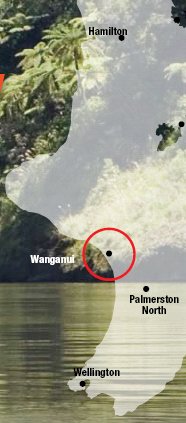News
Wanganui: Returns in the river city
Friday 1st of October 2010
Wanganui - or Whanganui - is an urban area and district located on the South Taranaki Bight close to the mouth of the Whanganui River.
 Founded in 1840, it is one of New Zealand's oldest towns. The town grew rapidly in the early years but by the mid-1980s a number of government offices moved t...
Founded in 1840, it is one of New Zealand's oldest towns. The town grew rapidly in the early years but by the mid-1980s a number of government offices moved t...
Want to read the full article?
Click the button below to subscribe and will have unlimited access to full article and all other articles on the site.
8 min read
10 min read






![[The Wrap] Bye Bye Bayly](https://goodreturns.publit.io/file/c_fill,w_900,h_600/39f23ac1-f7c7-4854-b700-a150004ebbac.webp)


